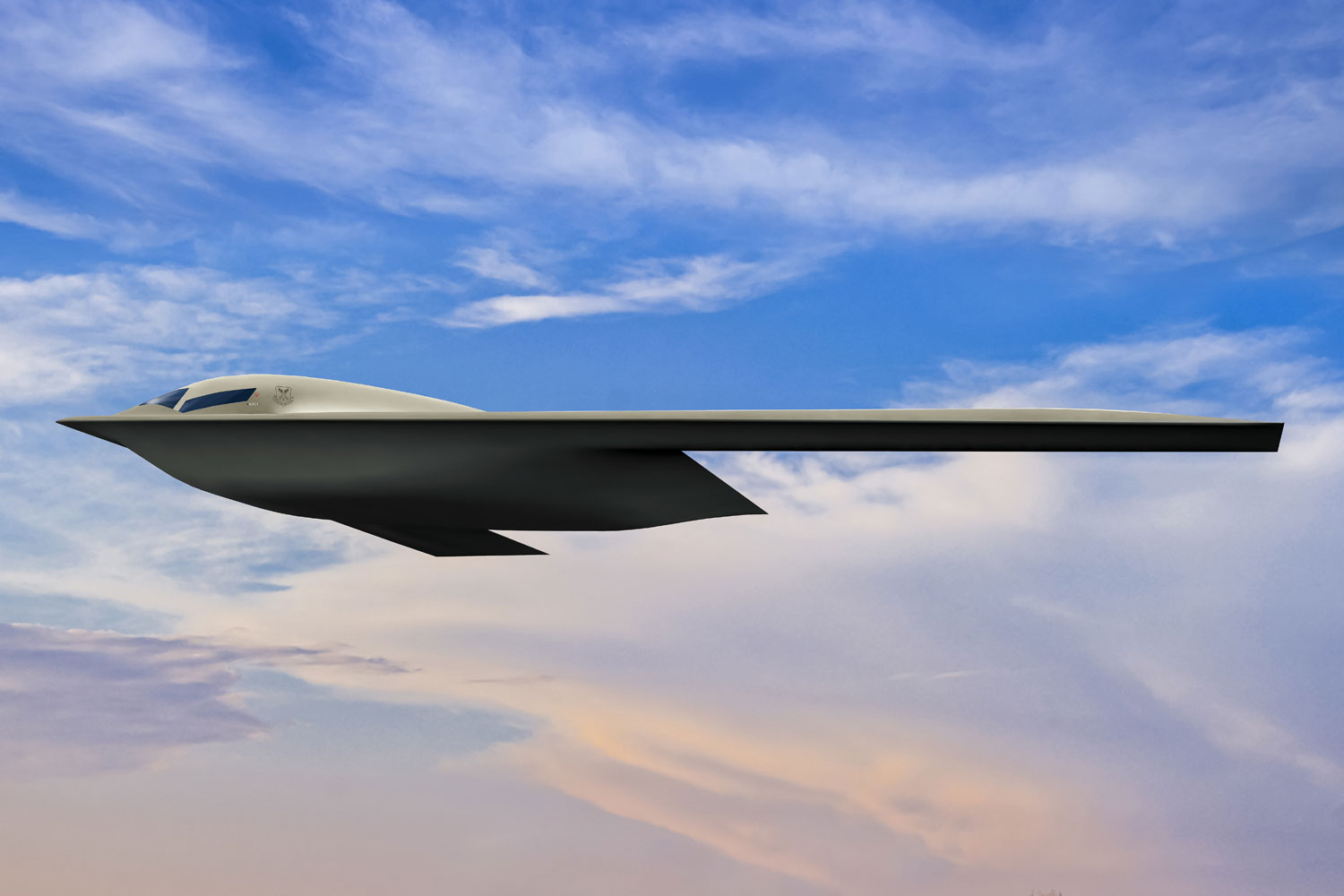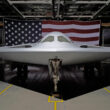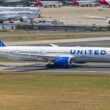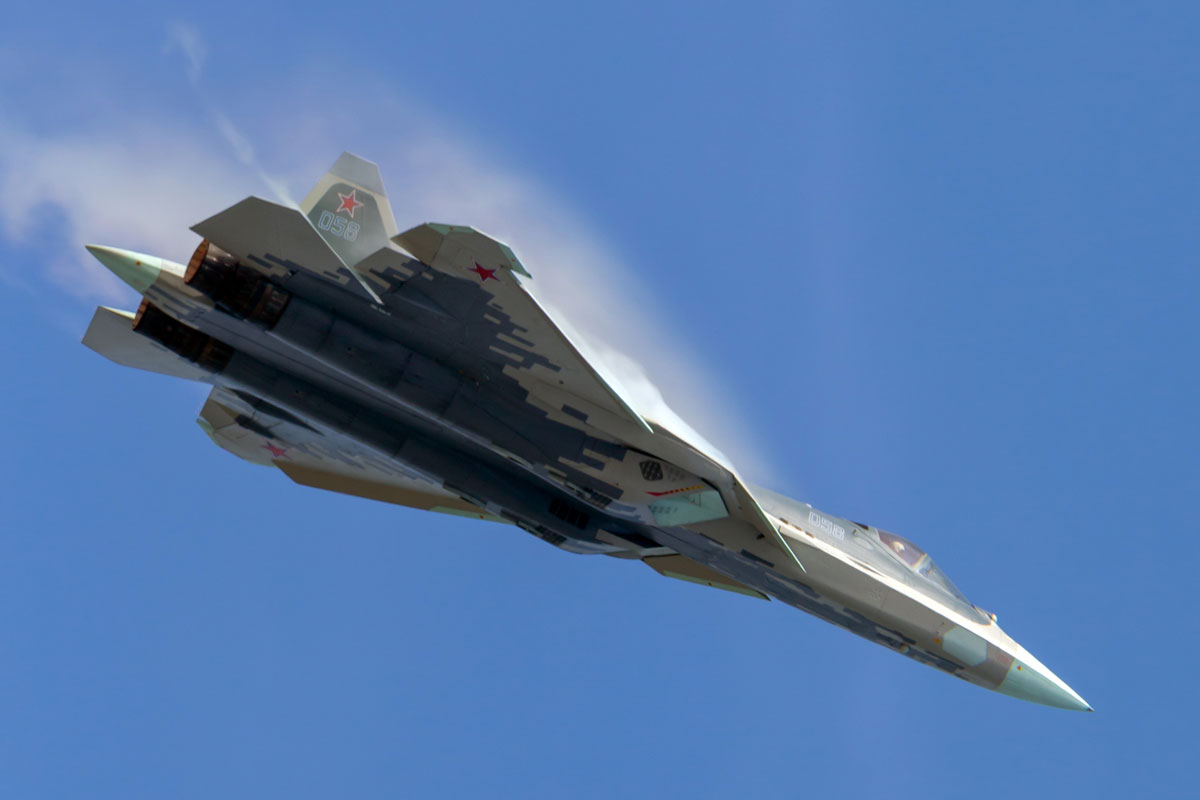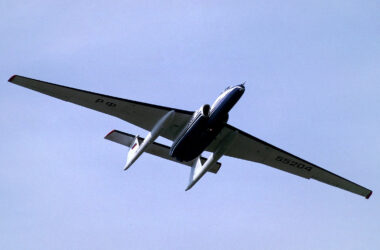There were months depending only on renderings whose characteristics did not even converge between them until on December 2, the US Air Force (USAF) and Northrop Grumman unveiled for the first time the B-21 Raider, the country’s new stealth bomber.
The most advanced military aircraft known, the new flying wing refers to its predecessor B-2 Spirit as expected, but has important changes, visible even with the scarce information available.
The B-21 was introduced in a similar fashion to the B-2 34 years ago in a hangar at USAF Plant 42 in Palmade, California. Now, however, care has been taken not to expose the aircraft during the day and also to prevent any flight or photographic angle other than the frontal one. In 1988, Aviation & Week obtained aerial footage of the B-2 revealing its rear end, much to the dismay of the US government.
In addition to the broadcast of Friday’s event, the Air Force released two high-resolution images of the Raider and they are the ones that speak more than the text of the official statement.
Although no technical data is available at the moment, it is possible to list some facts based on the two photos.
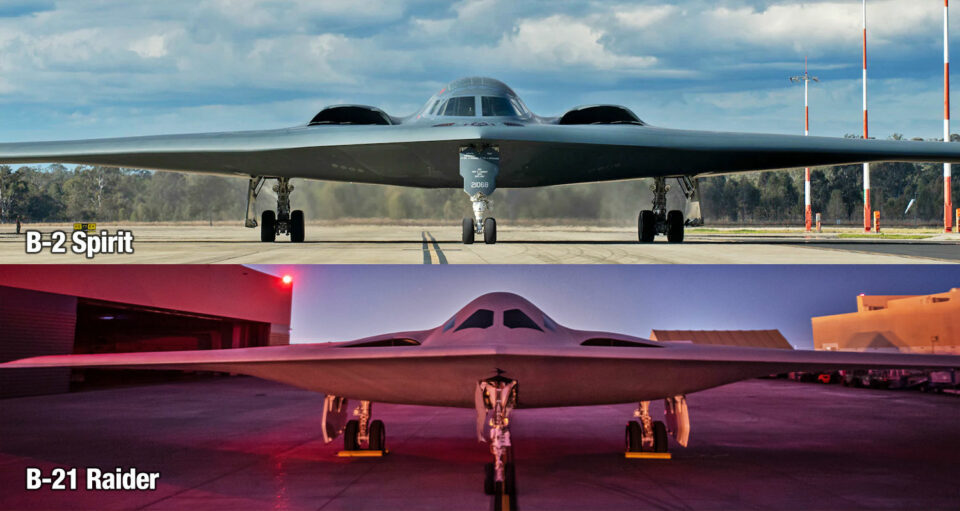
The B-21 looks smaller than the B-2
The wingspan of the new bomber suggests that it is smaller than the B-2 and perhaps with a greater sweep angle. But it is the landing gear that denounces a supposedly lighter weight. The nose gear is less robust than that of the Spirit and the main landing gear has only one set of two wheels against four of the B-2.
The upper part of the Raider is less evident
The comparative image above shows that Northrop Grumman was careful to reduce the exposure of the cockpit and especially the engine air intake, now practically hidden over the wings. It remains to be seen how the B-21 will behave at high angles of attack as the B-2 has openings over the fairings to divert air to the engines.
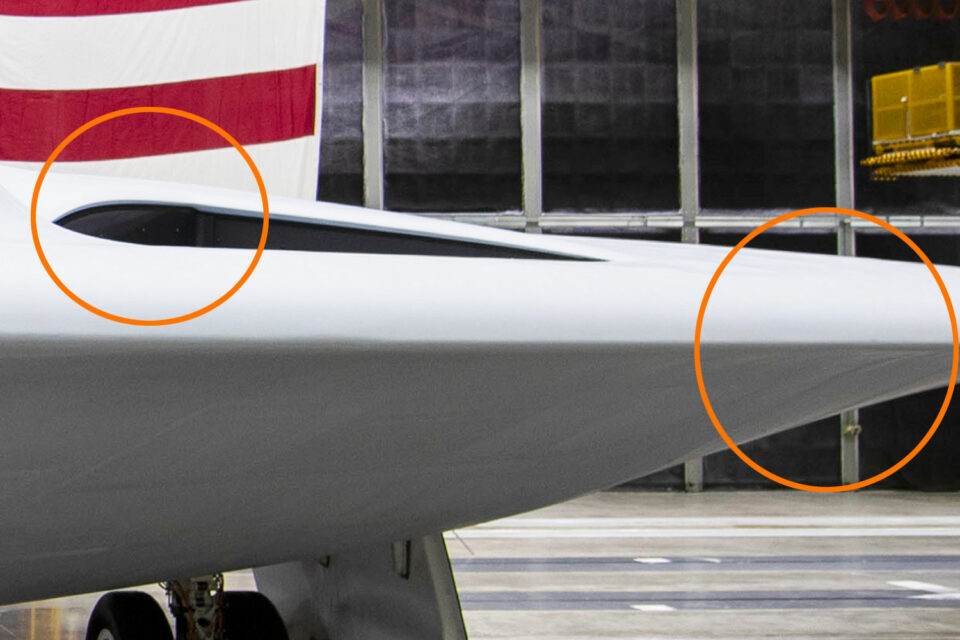
The volume of the “fuselage” of the B-21 seems larger
As they are flying wings, the B-2 and B-21 depend on the distribution of components and weapons in the central portion of the structure, but in the Raider this central volume seems larger while in the Spirit it extended more towards the tips.
The B-21 even has a very peculiar windscreen format
In the illustrations released before the presentation, the B-21 appeared with a windscreen and side windows similar to the B-2, but an image ended up being inconsistent with this configuration. In it, the windscreen appeared separated from the side windows and at unusual angles. In the end, Raider follows precisely this configuration, which can perhaps be justified by a smaller area of reflection.
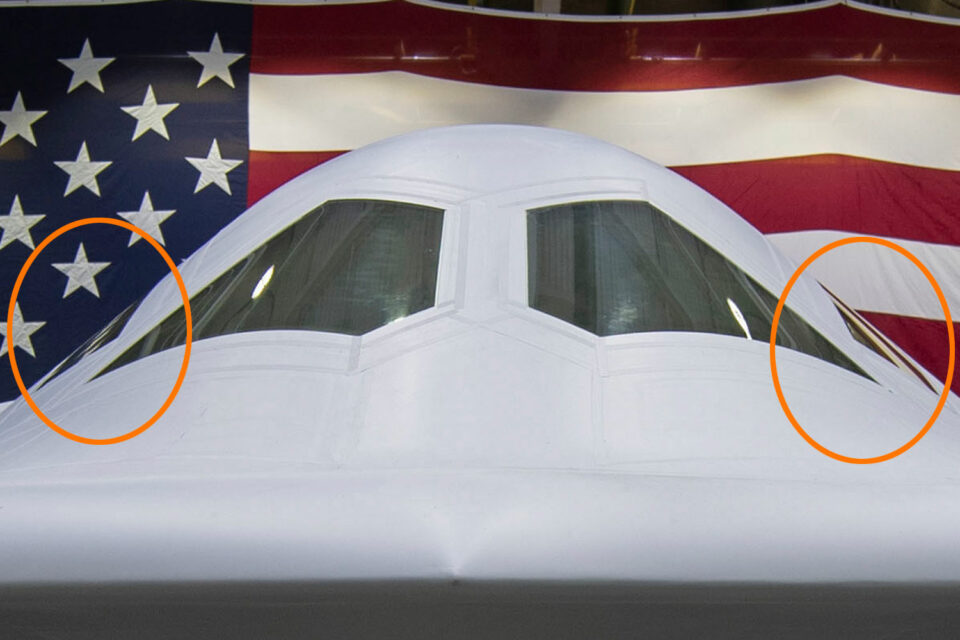
Light gray instead of two-tone dark gray
Northrop Grumman suggests it developed a lighter shade of gray surface on the B-21, as opposed to the two shades of dark gray on the B-2.
Less form, more content
As expected, the B-21 Raider will raise many questions and discoveries during its development program and not coincidentally.
If in 1988, the Soviet Union seemed incapable of developing a similar bomber, now China has the resources to reproduce a similar aircraft, although the stealth bomber currently under development is close to being unveiled.
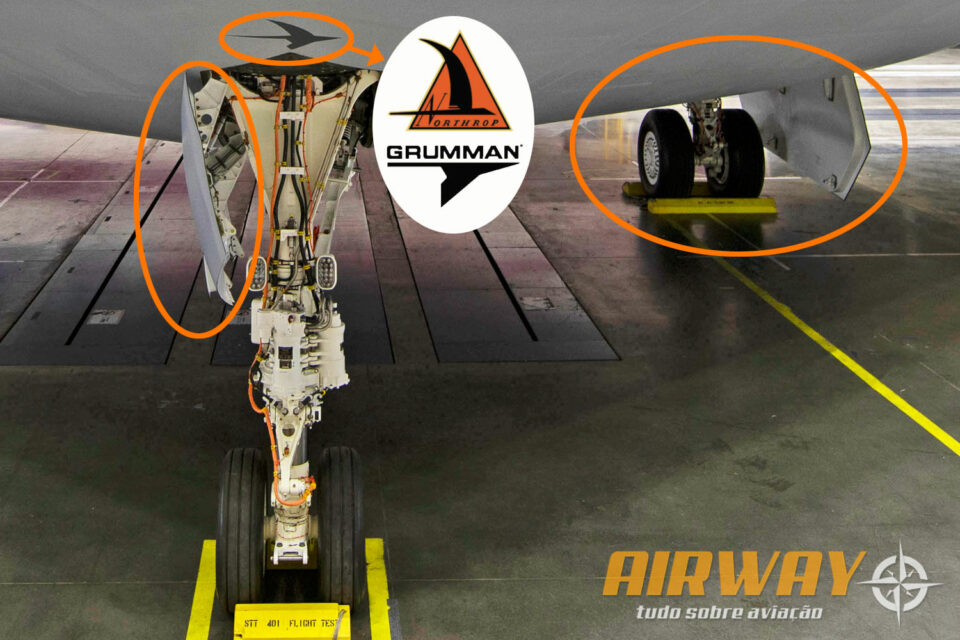
Therefore, the care in not exposing strategic details was evident. It’s what we don’t see that can mean the Raider’s great strategic advantages. The surface of the aircraft shown, for example, has practically no marks that would indicate systems, equipment and sensors like those that appear on the B-2.
More important is what is inside the B-21. As a 6th generation aircraft, the stealth bomber is a changeable platform, capable of receiving new technologies without great difficulty and being easily rebuilt if necessary. It is in this paradigm shift that the USAF is betting to make the Raider a constant threat from the end of the decade.
